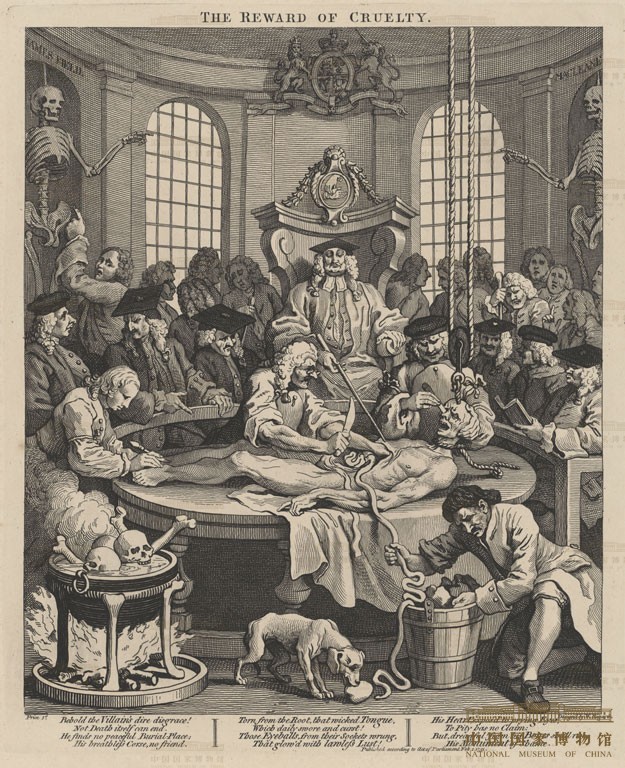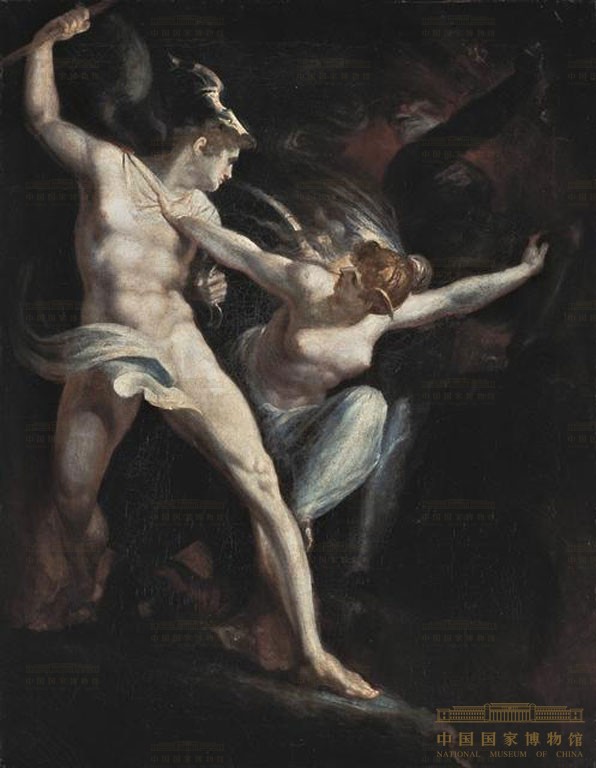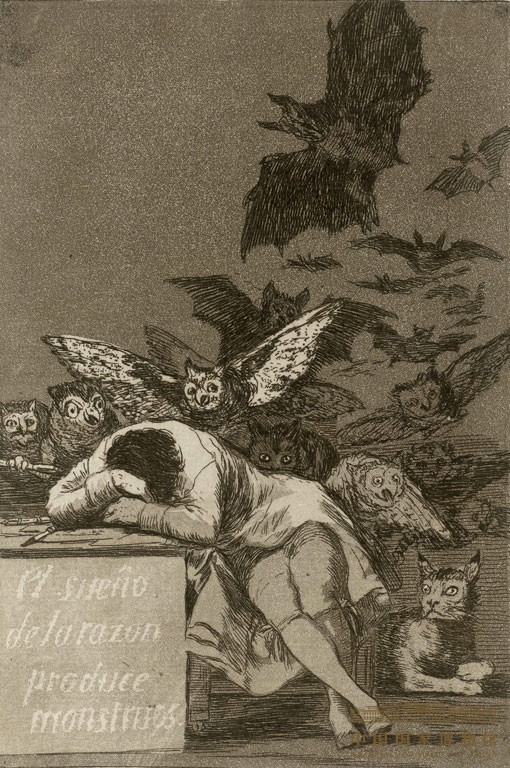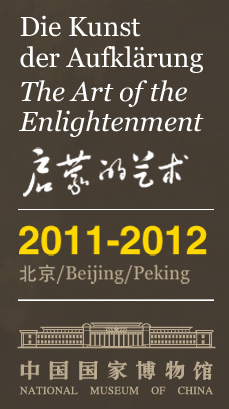Home - Introduction - The Dark Sides

William Hogarth (1697-1764)
The Four Stages of Cruelty
1751
4 plates, etching and copperplate engraving, each 37.6-38.6 x 31.5-32 cm
Staatliche Museen zu Berlin, Kupferstichkabinett, inv. nos. 914-68 C 917-68
In the eighteenth century people experienced not only the sublime of external nature as terrifyingly beautiful. They recognised that human nature, too, the psyche, harboured deep-seated fears and abysms. The rational and progressive view of the world alone failed to satisfy peoples longing for the inexplicable. Shadowed from the light of the Enlightenment, the dark sides of humanity and society became the subject of art and literature. Superstition, nightmares and the absurd as well as terror and violence stimulated creative forces as a dark vision. Unbridled imagination assumed importance alongside reason. And thus doubt, criticism and irony developed alongside the demand for acknowledgement of individual artistic freedom as foundations of modern European art.

John Henry Fuseli (1741C1825), Satan and Death with Sin Intervening,
1802
Bayerische Staatsgem?ldesammlungen, Neue Pinakothek

Francisco de Goya (1746-1828)
Los Caprichos inventados y grabados al agua forte c. 1799
8 of 80 plates, etching, aquatint and other techniques, each 19.5-21.2 x 12.9-14.6 cm
Staatliche Kunstsammlungen Dresden, Kupferstich-Kabinett







